It’s Clear That:
As an integrative health practitioner, I'm always on the lookout for natural ways to support my clients' well-being. Recently, I've become fascinated with the humble cruciferous vegetable family and their incredible detoxifying compound, sulforaphane. In this blog post, I'll explore the remarkable benefits of sulforaphane, how it works, and which cruciferous vegetables have the highest concentrations. (Note: if you prefer podcasts over blogs, click here to tune in.)
Sulforaphane: The Cancer-Fighting, Detoxifying Superstar
Sulforaphane is a potent antioxidant that has been shown to have anti-cancer properties, support detoxification, and even boost brain function. This compound is created when the enzyme myrosinase transforms glucoraphanin, a glucosinolate found in cruciferous vegetables. When we eat these veggies, myrosinase is activated, unlocking a precursor called broccophane and releasing sulforaphane and its incredible detoxification benefits.
Cancer Prevention and Treatment
Sulforaphane has been extensively studied for its role in cancer prevention and treatment. Research suggests that it may inhibit the growth of cancer cells, induce apoptosis (programmed cell death), and even reduce the risk of cancer recurrence. Sulforaphane has been shown to be effective against various types of cancer, including breast, colon, prostate, and lung cancer.
Detoxification and Antioxidant Effects
Sulforaphane is also a powerful antioxidant and detoxifier. It activates Nrf2, a protein that regulates antioxidant production in the body, helping to neutralize free radicals and reduce oxidative stress. Additionally, sulforaphane supports phase II detoxification enzymes, which aid in the elimination of toxins from the body.
Brain Health and Cognitive Function
Emerging research suggests that sulforaphane may also have neuroprotective effects, supporting brain health and cognitive function. Studies have shown that sulforaphane may improve memory, reduce neuroinflammation, and even protect against neurodegenerative diseases like Alzheimer's and Parkinson's.
Which Cruciferous Vegetables Have the Most Sulforaphane?
Now that we've explored the benefits of sulforaphane, let's look at which cruciferous vegetables are the richest in this compound. Here's a list from lowest to highest concentration:
1. Radish (~0.5-1.5 μmol/100g)
2. Watercress (~1.5-3.5 μmol/100g)
3. Arugula (~2-5 μmol/100g)
4. Kale (~3-7 μmol/100g)
5. Collard greens (~4-8 μmol/100g)
6. Broccoli (~5-10 μmol/100g)
7. Cauliflower (~6-12 μmol/100g)
8. Brussels sprouts (~7-15 μmol/100g)
9. Cabbage (~8-18 μmol/100g)
10. Broccoli sprouts (~10-50 μmol/100g)
To give you a better sense of just how small a micro mole (μmol) is, consider that a typical adult human body contains approximately 7,000,000,000,000,000 (7 octillion) atoms. That's a 7 followed by 27 zeros!
In contrast, a micro mole is just 1,000,000th of that amount. It's an incredibly tiny quantity, but still significant in the context of biochemical reactions and pharmacological dosages.
To make it more relatable, think of a micro mole like a single drop of water in a large swimming pool. While a single drop may seem insignificant, it's still part of the larger whole and can have a measurable impact when combined with other drops. Similarly, micro moles may be small, but they play a crucial role in many biological processes.
Incorporating Sulforaphane-Rich Vegetables into Your Diet
Now that you know the benefits of sulforaphane and which vegetables have the highest concentrations, it's time to get creative with your meal planning! Here are some tips to help you incorporate more sulforaphane-rich vegetables into your diet:
• Add cruciferous vegetables to your daily smoothies or juices in between your seasonal Functional Medicine Detox Protocols
• Use them as a base for salads or sauté them at low heat as a side dish
• Experiment with new recipes, like broccoli sprout stir-fries or cauliflower pizza crusts
• Try fermenting or pickling cruciferous vegetables for added benefits
Bringing it all Together for You:
Sulforaphane is a powerhouse compound that offers a multitude of benefits for our health, from cancer prevention to brain function support. By incorporating sulforaphane-rich cruciferous vegetables into our diets, we can unlock its potential and take our health to the next level. To maximize its impact, remember:
1. Eat a variety of cruciferous vegetables to ensure a broad range of benefits.
2. Incorporate sulforaphane-rich vegetables into your diet regularly, aiming for 3-5 servings a day.
3. Experiment with cooking methods to optimize sulforaphane retention, such as steaming or sautéing.
4. Consider supplementing with sulforaphane or cruciferous vegetable extracts, under the guidance of a certified Integrative health professional.
5. Stay informed about the latest research and developments in sulforaphane and integrative health.
Avoiding Failure and Reaching Success:
By embracing sulforaphane and making it a part of our health journey, we can:
* Reduce our risk of chronic diseases
* Enhance our body's natural detoxification processes
* Support brain health and cognitive function
* Promote overall wellness and vitality
Don't miss out on the incredible benefits of sulforaphane. Make it a part of your health regimen today and watch your well-being soar!
Jeffrey Mort is a certified Integrative Health Practitioner (IHP) Level 1 & 2, a certified High Performance Health Coach, a National Guild certified Consulting Hypnotist, and the host of the "Breaking Boundaries for Entrepreneurs" podcast. Neither the podcast or this blog claim to provide any medical advice, medical diagnosis, medical treatment plans or medical cures.
Jeffrey specializes in helping female entrepreneurs reclaim their energy in the healthiest way possible so they can better serve their clients, their families, and themselves. You can learn more about him, Integrative Health and schedule your complimentary consultation atloveenergywellness.com.



